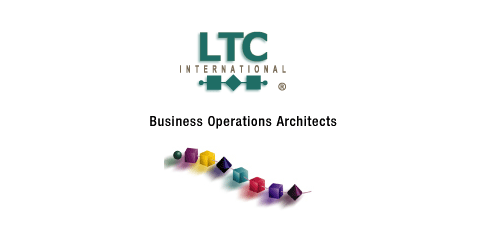

 |
 |
| The only publication dedicated to OSS Volume 1, Issue 11 - April 2005 |
|
|
Many mediation and billing systems on the market today can provide metered billing for data services on the basis of data volume. However, the costs to train customer care agents to understand the sizing and rating methods, and the lengthy calls to call centers from confused customers will inhibit take-up of the new data services, and may eat away their margins as well. The content-rich services 3G is intended to carry will break new ground by divorcing the cost of service from the network capacity required to deliver them. At best, billing on the basis of network usage leaves a significant portion of the potential revenues to the Content Provider or in the customer's pocket. At worst, it leaves the CSP with a loss on every piece of content delivered. 
All You Can Eat The positive aspects for CSPs are: Monthly Recurring Charges are generally billed in advance, and most billing systems are well equipped to handle Monthly Recurring Charges. Additionally, there are few billing disputes. However, with large buckets CSP's margins are open to erosion. The "all you can eat" deal will attract customers who eat a lot, and therefore cost the CSP a lot, leaving little or no profit. Secondly, if "all you can eat" becomes the market norm then the only way for the CSP to differentiate is on the price of the bucket, and the competition for acquiring and retaining customers dissolves into a price war. One Man's Steak...
© 2005, All information contained herein is the sole property of Pipeline Publishing, LLC. Pipeline Publishing LLC reserves all rights and privileges regarding the use of this information. Any unauthorized use, such as copying, modifying, or reprinting, will be prosecuted under the fullest extent under the governing law. |